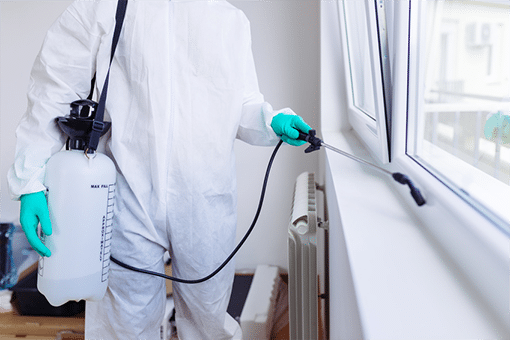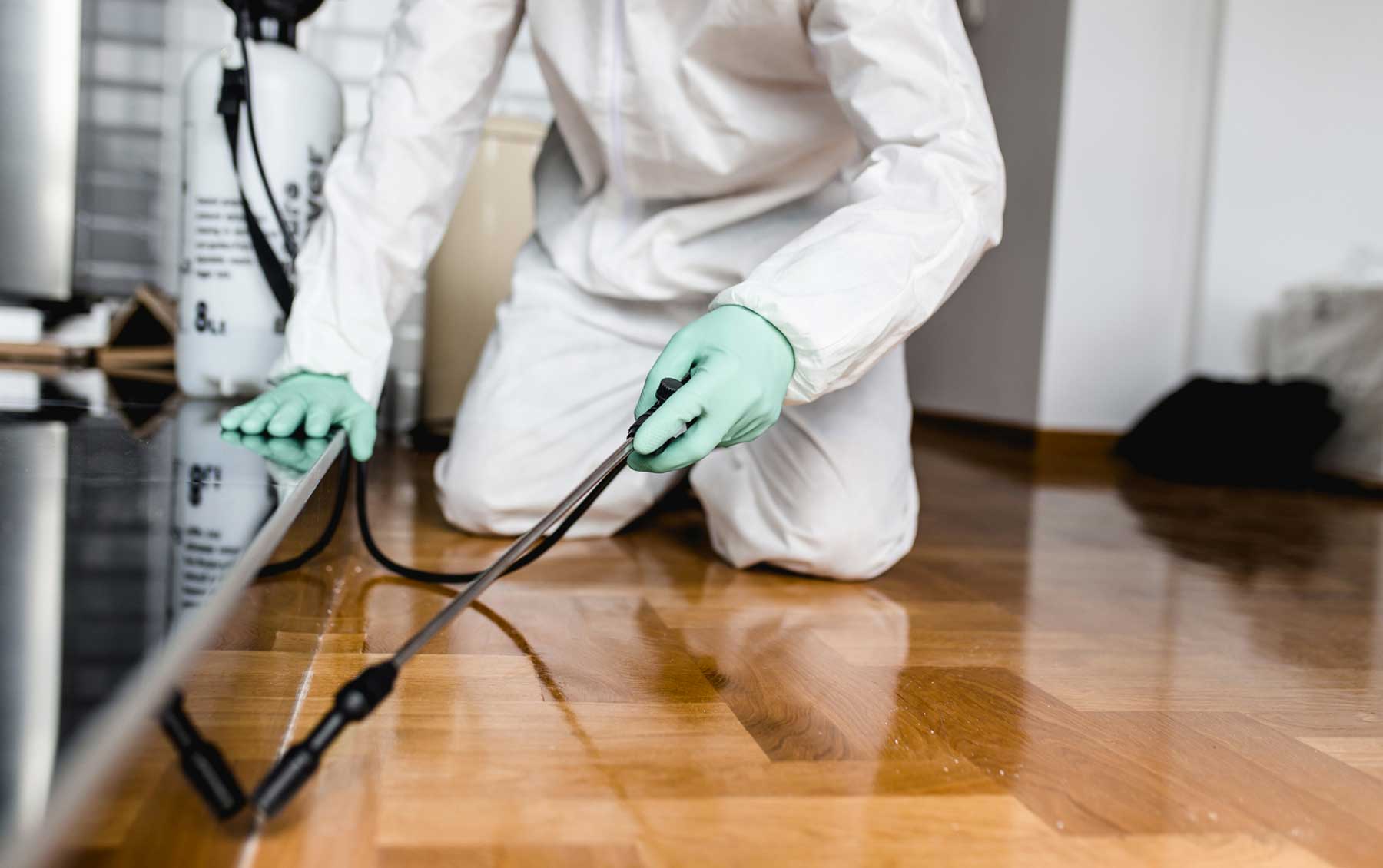Specialist Bed Bug Exterminator: Rest Easy Recognizing Your Home is Bug-Free!
Specialist Bed Bug Exterminator: Rest Easy Recognizing Your Home is Bug-Free!
Blog Article
Expert Insect Control Techniques for Long-Term Outcomes
In the realm of parasite control, accomplishing sustained efficiency and long-lasting outcomes requires a precise technique that goes beyond plain extermination. Professional insect control strategies encapsulate a thorough approach that begins with a complete inspection and assessment, complied with by accurate bug recognition to recognize their actions patterns. The implementation of Integrated Insect Administration (IPM) concepts, coupled with eco-conscious treatments, develops the cornerstone of lasting pest elimination. The real test exists in the recurring tracking and upkeep of the dealt with locations, guaranteeing a pest-free setting for the near future. By diving into the ins and outs of these techniques, a much deeper understanding of specialist bug control approaches for enduring end results emerges.
Assessment and Assessment
Upon going into a building for bug control services, the first step is a detailed assessment and evaluation to recognize the level of the infestation and identify one of the most reliable treatment strategy. Specialist bug control technicians are educated to meticulously check out the properties, trying to find indicators of parasite activity such as droppings, munch marks, nests, or any kind of architectural damage. They will likewise assess the problems that may be bring in pests, such as food resources, water leaks, or access points.

Pest Recognition and Behavior

In addition, understanding the behavior of the identified insect is crucial to executing effective control actions. Knowing where parasites nest, what they feed on, and their task patterns can assist pest control experts create approaches to eliminate them successfully. Some parasites might be nighttime, while others are much more active during the day. This understanding enables the application of therapies at optimum times for maximum performance.
Integrated Parasite Management (IPM)
Integrated Parasite Management (IPM) approaches combine multiple methods to manage and stop insect invasions in a lasting and eco-friendly manner. exterminator. By integrating approaches such as biological control, environment control, alteration of social methods, and making use of immune varieties, IPM intends to reduce using chemical pesticides
Among the essential concepts of IPM is the focus on prevention. This positive method entails tracking bug populaces routinely to spot any prospective issues prior to they escalate. By determining parasite issues early, pest control actions can be carried out swiftly and successfully.
Moreover, IPM advertises the usage of safe pest control methods whenever feasible. This can include utilizing all-natural killers of the pests, introducing useful insects, or using pheromones to disrupt mating patterns. By decreasing dependence on chemical pesticides, IPM not just protects the setting but also aids preserve an equilibrium in the ecosystem.
Environmentally-Friendly Treatments
Carrying out eco-conscious techniques in bug control procedures can properly address invasions while prioritizing ecological sustainability. Environmentally-friendly therapies focus on decreasing the effect of insect control approaches on ecosystems, non-target microorganisms, and human health this hyperlink and wellness.
Another key aspect of environmentally-friendly treatments is using natural and biodegradable products that damage down quickly without leaving damaging residues in the setting. Agricultural insecticides stemmed from plants like chrysanthemums or neem use reliable pest control while posing minimal threat to non-target types. In addition, using methods like heat treatments or pheromone traps can target certain bugs with accuracy, lowering the general environmental influence of bug like this control practices.
Ongoing Monitoring and Upkeep
Routine evaluations by experienced experts are needed to recognize any type of signs of pest task, examine the effectiveness of previous therapies, and make adjustments to the parasite control strategy as needed. By monitoring insect populations over time, parasite control professionals can track fads, anticipate possible problems, and implement precautionary measures to lessen the danger of future problems.
Along with surveillance, maintenance techniques are crucial for long-term bug control success. This consists of carrying out correct sanitation steps to get rid of possible food and water sources for bugs, securing off access indicate prevent bugs from getting in the premises, and resolving any architectural issues that could promote parasite infestations (bed bug treatment). By incorporating recurring surveillance and maintenance right into an incorporated parasite administration method, services can make sure a pest-free environment and guard their building versus pricey exterminator prices damage and wellness risks
Conclusion
Finally, utilizing professional bug control strategies such as detailed assessment and analysis, accurate pest identification and understanding of their actions, integrated insect monitoring methods, environmentally-friendly therapies, and recurring monitoring and maintenance are important for attaining long-lasting outcomes in insect control. By applying these methods, people can properly manage pest invasions and keep a pest-free setting in a sustainable fashion.
Report this page